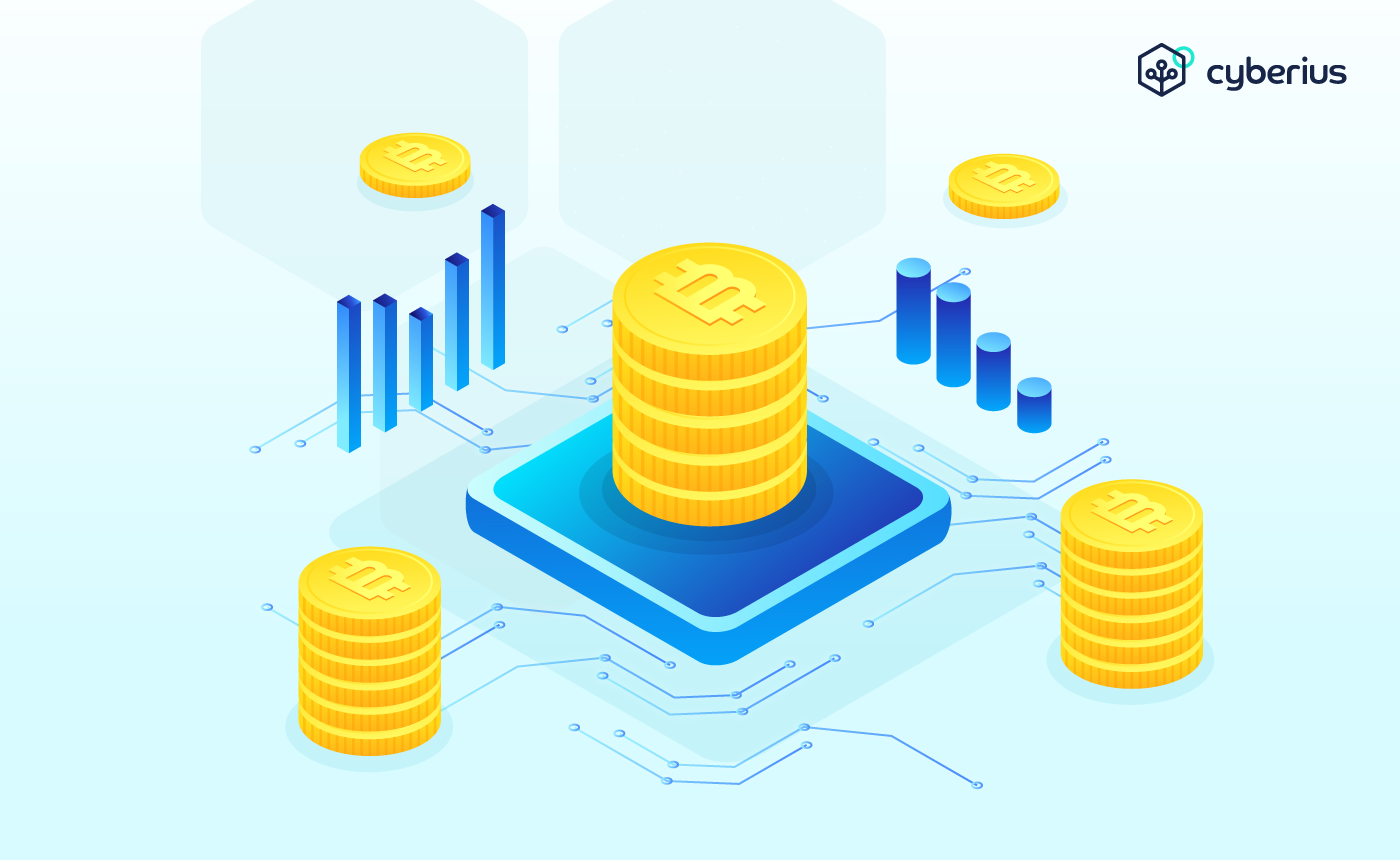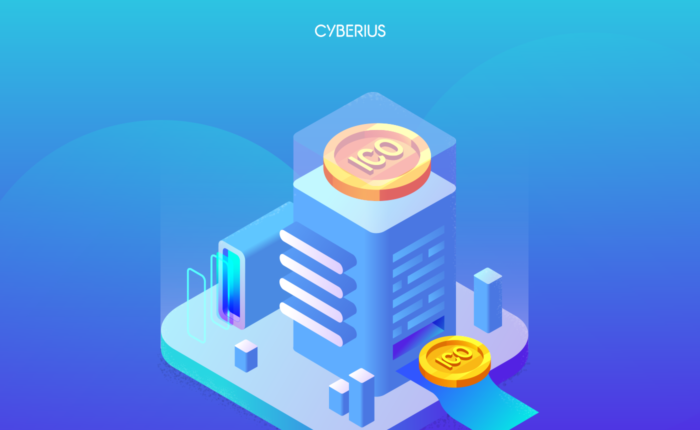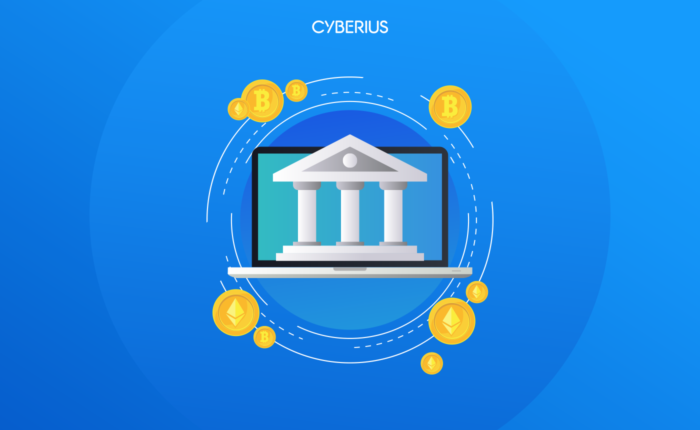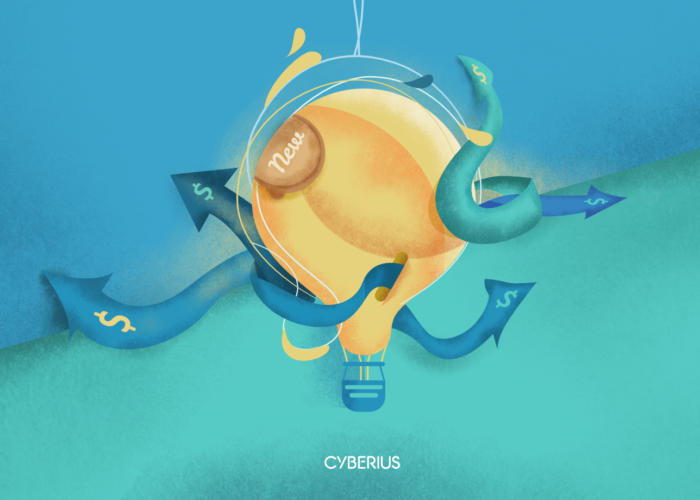Raising money in the early-stages of your company can be tough. Oftentimes, with little more than a minimum viable product, you can spend weeks or months arduously trying to find the right group of investors, who believe enough in your vision and product to inject some much-needed confidence into the business.
For medium or large sized companies, capital raising is also often an incredibly complex, time-consuming, back and forth process of negotiating and scrutinising the terms of agreement.
New Ways To Get Capital
Conventionally, when many people think of raising money, the various financial instruments that can be derived from either debt or equity funding will naturally come to mind. Both forms of funding have recently become more accessible and decentralised, largely thanks to the symbiosis of finance and technology, or more specifically, through the emergence of unique financial service solutions offered by peer-to-peer lenders, crowdfunding platforms, and other fintech innovations.
Offering businesses and consumers an alternative to conventional financial services, has driven competition in markets predominated by large financial institutions and banks.
What is ICO
Today, Initial Coin Offerings (ICOs), which function in a similar fashion to Initial Public Offerings (IPOs) – as a mechanism to publicly fund early-stage companies – offer an alternative way to get capital for your project.
The emergence of cryptocurrencies, and their underlying blockchain solutions, which may offer industry applications focused on eliminating transactional inefficiencies, disintermediation, and improving user security, have proliferated the total amount of investment in digital currencies.
There are a number of ways to raise capital through an ICO, or by engineering a token that generates positive investor sentiment on exchanges.
Alternative financing methods

Internal Community Funding
An existing community of developers, investors, and other participants who may have funded the ICO, can often be important investment pools to help fund future projects.
Tapping into these pools can be achieved by redistributing staking rewards, or by offering participants entitlements to redistributable surpluses. A form of distribution which may be calculated as a function of repeat token purchases and investment tenure.
Digital companies that utilise a Proof-of-Stake (PoS) algorithm, for achieving distributed consensus on a blockchain, can use stacking rewards to incentivise cooperation and participation in the ecosystem, as well as to fund internal projects. In the process known as stacking, the creator of a new block is randomly chosen by a function of age (tenure of investment) and the total value of individual token ownership.
Part of the consensus reward, created by the new block can be redistributed away from the ecosystem and directly into the community fund.
Navcoin Project
This process has been adopted by Navcoin: a decentralised cryptocurrency built from scratch, using Bitcoin’s code, which aims to improve online payments.
Navcoin has recently announced that its NAV token will have utility on a newly developed blockchain application platform, known as Valence. The platform will enable users to create Smart Contracts and blockchain applications: an alternative to using the Ethereum ERC20 token standard interface.
The Navcoin community fund, which provides the capital to develop the underlying blockchain technology and future projects, currently receives 0.25 NAV tokens for each new block created by PoS. This redistribution roughly equates to about 250,000 NAV per year.
At the current market price, this approximately equates to USD $400,000 in additional funding that can be deployed throughout the year.
Rchain Project
Similarly, Rchain uses an incentive mechanism to encourage community participants to make repeat purchases and cooperate in the development of their blockchain technology.
Whilst Navcoin takes a fixed number of tokens from each newly created block, Rchain calculates a periodic redistributable surplus, attributable to the community and development team. Individual surpluses are calculated based on a function of the total stake of coins, held by participants within a particular period.
Essentially, participants must periodically purchase Rchain tokens to be entitled to a stake in the output of the industrial-scale utility blockchain: the Rho Virtual Machine (RhoVM).
Crowdfunding
The most common and often the fastest method of raising capital for your project will come from the pre-funding and crowdfunding rounds of an ICO.
The Cofounder of Zencash, a cryptocurrency with a market capitalisation of more than USD $110 million, has suggested that ICOs may even replace series A or B funding rounds due to added benefits of marketing, customer acquisition, non-dilutive capital, and the attraction of die-hard community participants, who may act as useful promoters of the technology.
A number of ICOs that have started crowdfunding this month have already raised significant sums of money from venture capitalists, investment funds, and other non-institutional investors.
Fabric token, has raised USD $963,000 since the 15th of February. The money raised during the crowdfund will be used for early-stage development, and will inject the capital required to develop its platform beta, scheduled for public release in July 2018.
Miner One, a blockchain technology that offers a low-cost mining ecosystem, was also made available for crowdsale on the 15th of February, and it has already raised close to USD $3.2 million.
Moreover, in February 2018, Telegram raised USD $850 million through an ICO, setting a new record for capital raised during such a funding round. Telegram’s successful funding round also represents a significant increase to the prior record, set by Tezos last July.
Tezos, a decentralised blockchain network which boasts enhanced security verification through self-governing decentralised apps and smart contracts, raised USD $232 million during its crowdfunding round.
Despite the lucrative opportunity that ICOs may offer, it is important to point out that ICOs expose businesses and investors to increased risk. To generate public interest and incentivise investors, projects are often started with unrealistic objectives, placing significant pressure on the project’s contributors.
Capital Appreciation
The final way that your project can raise alternative funding is through capital appreciation, facilitated by trading on secondary markets.
Once the ICO has concluded, tokens are distributed to the key addresses, after which, investors who were previously unable to participate in the crowdsale, can invest in your project via exchanges. If demand exceeds sufficient supply, prices will naturally appreciate as buyers bid for project ownership at higher prices.
It should be noted, that cryptocurrency exchange markets are speculative and a positive return on investment (ROI) can never be guaranteed. It may be just as likely that insufficient demand exists to purchase the excess stock from the initial token supply, causing prices to decrease. Consider diagram [1], below.
The diagram shows a random sample of tokens and the percentage of change in token value after their ICOs.
[1] Percentage change in token value since ICO
ROI
The average ROI from this sample was 274%. Iconomi, had the highest ROI, with an appreciation of 992% since the commencement of their ICO. On the other hand, the smallest ROI came from Unikoin, with a 16% ROI since September 2017.
The range for this study was large and the different dates of the ICOs makes it difficult to determine the extent of time lag effects and their impacts on current token performances. It should also be noted that a large number of ICOs fail.
Despite the uncertainties that surround the future value of a token after its ICO, listing it on the cryptocurrency market costs significantly less than the costs associated with listing it on conventional secondary markets.
However, unlike conventional exchanges, cryptocurrency exchanges are not mandated to disclose financial reports, nor are they required to present important company information to the public about changes to ownership. For this reason, investors are often exposed to a high-level of risk when investing in ICOs and exchange traded cryptocurrencies.
Summary
To summarize some of the earlier topics addressed in this article. It is important to understand how using an ICO might work for you company.
Distinguishing how much risk exposure is acceptable by taking advantage of alternative sources of finance – financing which can be used to help propel strategic and previously cash constrained projects – can assist in developing or maintaining a competitive advantage.
Internal community funding, crowdfunding, and capital appreciation have been identified as some of the primary methods of alternative financing available to companies that utilise a token sale as part of their financing strategy.






Leave a Comment